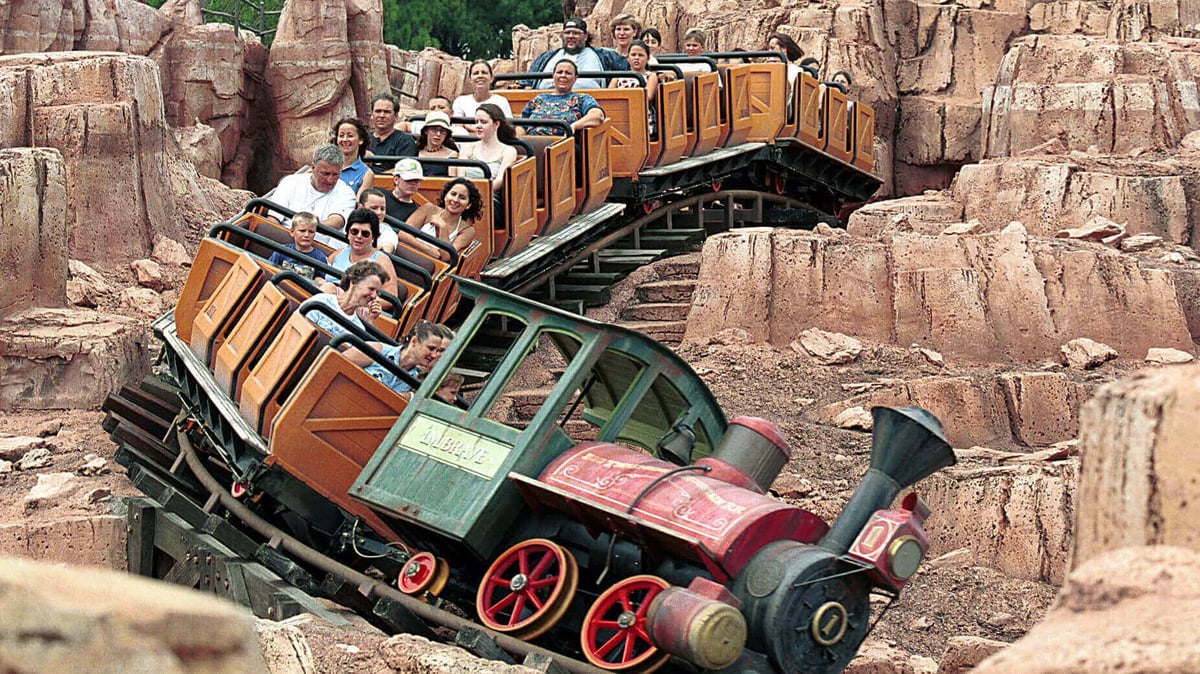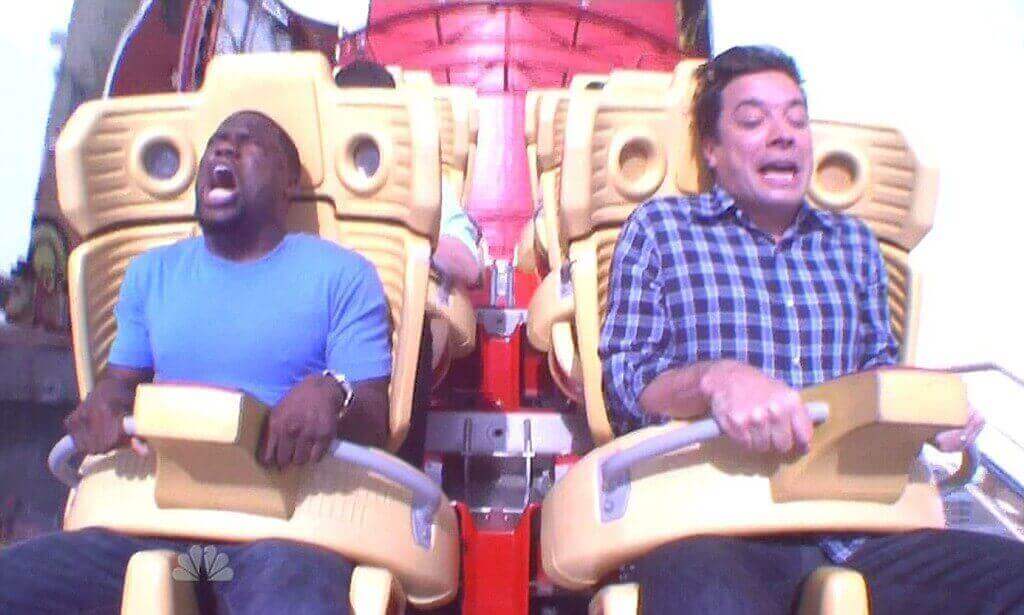Using a 3D printed kidney, a urologist discovers that riding a “moderate intensity” roller coaster helps patients pass painful kidney stones.
Numerous remedies have been prescribed to treat kidney stones; ultrasound, keyhole surgery, patience. But clambering aboard a roller coaster? Step right up!
The Journal of the American Osteopathic Association has published findings that riding a “moderate intensity” roller coaster helps facilitate the passage of small kidney stones on more than 60 percent of occasions.
The research, led by urologist David Wartinger at Michigan State University, was prompted by an unusual anecdote he heard from his patients. As Wartinger explains to MSUToday:
“Basically, I had patients telling me that after riding a particular roller coaster at Walt Disney World, they were able to pass their kidney stone. I even had one patient say he passed three different stones after riding multiple times.”
The idea sounded crazy, but if true it would have profound implications. Passing a kidney stone before it reaches an obstructive size can prevent surgeries and emergency room visits, and save a small fortune in medical bills.
To test this theory under scientific conditions, Wartinger 3D printed an anatomical model of a kidney and then filled it with urine and three kidney stones of differing size. And then he paid a visit to Walt Disney World.

New Theme Park Attraction: 3D Printed Kidney
For the pilot study, Wartinger boarded the same attraction at Disney World, the Big Thunder Mountain Railroad. He had a backpack loaded with the 3D printed kidney, and he took it for 20 rides.
Sitting in the front seat over several rides, there was a stone passage rate of 16 percent. A switch to riding on the back seat, meanwhile, yielded a much higher success rate of 64 percent.
Later, Wartinger expanded his study with a team of intrepid researchers who rode the same roller coaster with multiple kidney models.
They discovered even better results when sitting at the back of the coaster, with a passage rate of nearly 70 percent. They also found that both studies showed a 100 percent success rate if the stones were located in the upper chamber of the kidney.
Intriguingly, however, not all roller coasters are optimal for the passage of kidney stones. Wartinger said:
“In all, we used 174 kidney stones of varying shapes, sizes and weights to see if each model worked on the same ride and on two other roller coasters. Big Thunder Mountain was the only one that worked. We tried Space Mountain and Aerosmith’s Rock ‘n’ Roller Coaster and both failed.”
The reason is because these other rides are too fast and violent, with a G-force that pins the stone into the kidney and doesn’t allow it to pass. “The ideal coaster is rough and quick with some twists and turns, but no upside down or inverted movements,” he recommends.
Staff at Walt Disney World are doubtless now rubbing their hands with glee, expecting an onslaught of kidney stone sufferers to hobble towards them.

License: The text of "3D Printed Kidney Passes Stones on Roller Coaster" by All3DP is licensed under a Creative Commons Attribution 4.0 International License.